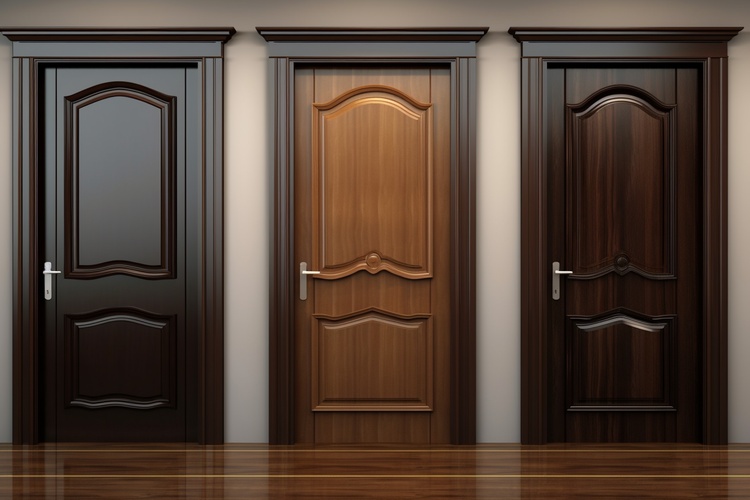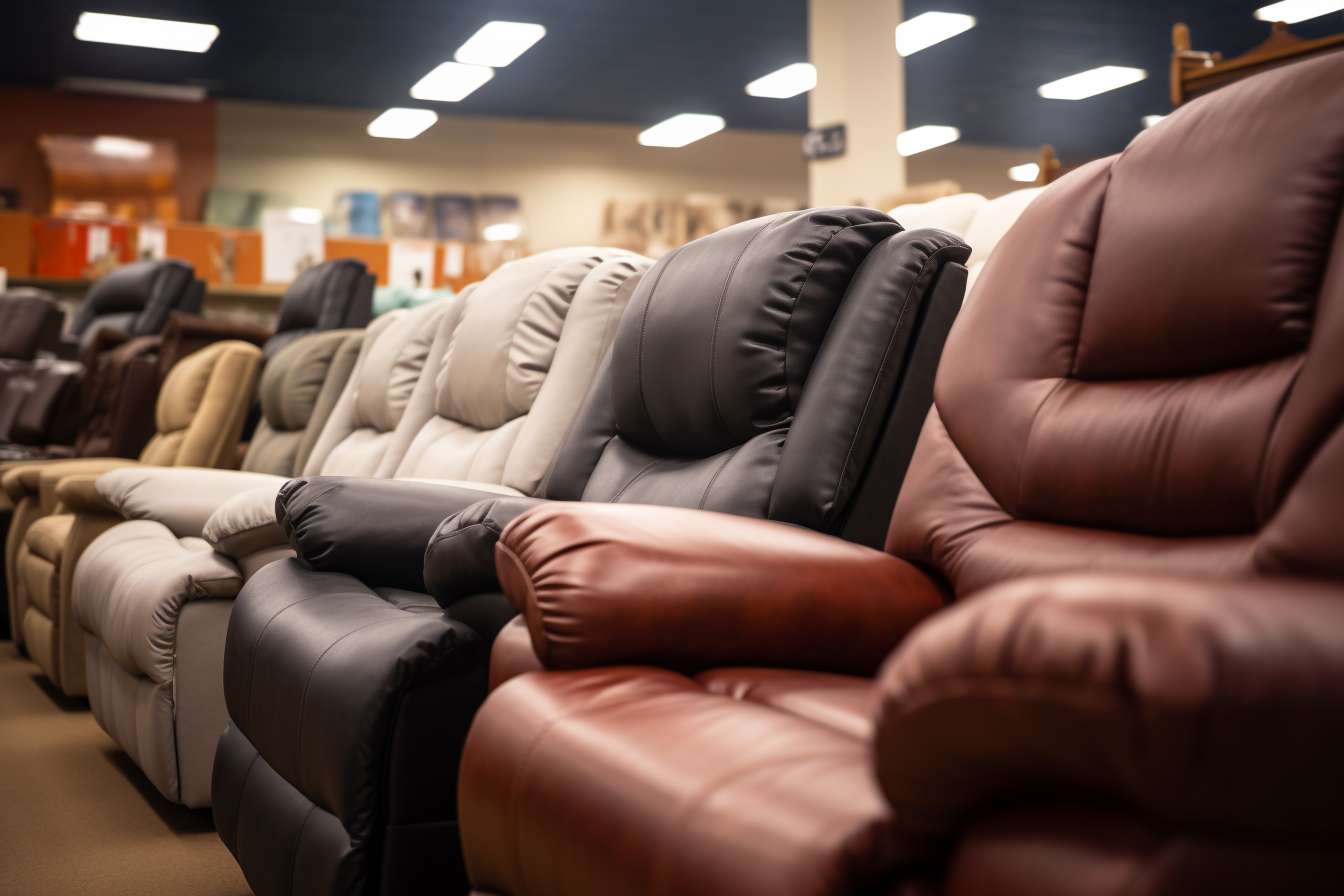Wooden front doors: A complete guide to selection and design
The entrance to your home sets the tone for what lies within, and a wooden front door serves as both a functional necessity and a design statement. Beyond providing security and insulation, front doors communicate your home's architectural style and personal aesthetic preferences. Whether you're building a new home, renovating, or simply upgrading your entryway, selecting the right wooden front door involves understanding various wood types, design styles, and how these elements work together to create a cohesive look for your property's exterior.

What role does a wooden front door play in home design?
A wooden front door functions as more than just an entry point—it’s a focal element that contributes significantly to your home’s curb appeal and overall design language. As the transition between exterior and interior spaces, the front door creates a first impression for visitors and passersby alike. In architectural terms, the door establishes hierarchy and guides the eye toward the entrance, helping to organize the visual flow of your home’s facade.
From a functional perspective, wooden doors provide natural insulation properties and can be engineered for security, weather resistance, and durability. This combination of form and function makes the front door a crucial design element that bridges aesthetic considerations with practical requirements. Additionally, wooden doors offer exceptional versatility in customization—they can be stained to highlight natural grain patterns, painted to complement or contrast with exterior colors, or carved with decorative elements that reflect architectural details found elsewhere in the home.
What wood and materials are best for a front door?
The selection of wood species for front doors typically balances appearance, durability, and maintenance requirements. Hardwoods generally offer superior performance for exterior applications, with several species standing out as particularly suitable:
Oak remains one of the most popular choices due to its exceptional strength, distinctive grain pattern, and resistance to warping. Red oak provides a warm, reddish tone, while white oak offers a lighter appearance and slightly better weather resistance.
Mahogany is prized for its rich, reddish-brown color that deepens beautifully with age. It resists rot, shrinking, and swelling, making it ideal for varying climate conditions. Its fine, straight grain also accepts stains and finishes exceptionally well.
For maximum durability, teak stands above most other options. Its natural oils provide built-in weather and insect resistance, though this comes with a higher price tag. Cherry, walnut, and maple offer distinctive appearances but generally require more protective finishing and maintenance when used for exterior applications.
Many modern wooden doors incorporate engineered components alongside solid wood. These may include:
-
Solid wood cores with exterior veneers for improved stability
-
Engineered wood panels that resist warping better than solid wood
-
Wood composites that provide the appearance of natural wood with enhanced durability
-
Steel or fiberglass doors with wood veneer finishes that offer security benefits
The optimal choice depends on your climate, exposure to elements, maintenance preferences, and design goals.
How does design style move from traditional to modern?
The evolution from traditional to modern wooden door designs reflects broader architectural trends and changing aesthetic preferences. Traditional wooden doors typically feature raised panels, detailed moldings, and decorative glass inserts arranged in symmetrical patterns. These doors often incorporate architectural elements consistent with Colonial, Victorian, Craftsman, or other historical styles. Wood stains that highlight natural grain patterns dominate this category, reinforcing the connection to craftsmanship and natural materials.
As styles transition toward contemporary designs, doors become more streamlined with fewer embellishments. Transitional doors might feature simpler panel configurations, cleaner lines, and minimal decorative elements while maintaining some traditional aspects of proportion and material use.
Modern wooden door designs emphasize horizontal lines, asymmetrical arrangements, and larger expanses of glass. These doors often feature:
-
Flush surfaces with minimal texture or relief
-
Sleek hardware with minimal ornamentation
-
Larger glass panels arranged in geometric patterns
-
Wood combined with metal or other contemporary materials
-
Bold painted finishes rather than traditional stains
The shift toward modern design doesn’t necessarily abandon wood as a material but often reinterprets how it’s used—highlighting its natural beauty through simpler forms that let the material itself become the focal point rather than elaborate detailing.
What considerations affect wooden door durability and maintenance?
The longevity of a wooden front door depends significantly on its exposure to elements and maintenance practices. Doors facing south or west receive more direct sunlight and typically weather more quickly than north or east-facing installations. Protective overhangs, porches, or storm doors can dramatically extend a wooden door’s lifespan by minimizing exposure to precipitation and UV rays.
Finishing plays a crucial role in wooden door durability. High-quality exterior sealants provide essential protection against moisture penetration, which can lead to warping, cracking, or rot. Most wooden doors require refinishing every 2-5 years, depending on exposure conditions and the specific finish used. Water-based polyurethane and marine-grade varnishes offer excellent protection but may need more frequent reapplication than oil-based alternatives.
Regular maintenance should include:
-
Inspecting weather stripping and seals annually
-
Checking for signs of finish deterioration such as dullness or water beading failure
-
Cleaning with appropriate wood-safe products
-
Addressing any finish damage promptly to prevent moisture infiltration
-
Lubricating hinges and hardware to prevent stress on door frames
Modern wood treatment processes have significantly improved durability, with vacuum pressure treatments and stabilizing components extending the functional lifespan of wooden doors even in challenging climates.
How do hardware and accessories complement wooden door designs?
Hardware selection significantly impacts both the functionality and visual appearance of wooden front doors. Traditional doors typically feature brass or bronze hardware with decorative backplates, knobs, or lever handles that complement period architectural styles. For Colonial or Victorian-inspired designs, elements like door knockers, mail slots, and decorative hinges reinforce historical authenticity.
Modern and contemporary doors generally showcase minimalist hardware with clean lines and simplified forms. Stainless steel, brushed nickel, or matte black finishes dominate this category, often with streamlined handle sets that emphasize horizontal lines. Smart locks and electronic access systems integrate increasingly seamlessly with wooden door designs across style categories.
Beyond hardware, accessories like sidelights (narrow glass panels flanking the door) and transoms (horizontal windows above the door) enhance both aesthetics and functionality by increasing natural light. Glass inserts within the door itself range from traditional divided-light patterns to contemporary frosted or textured options that provide privacy while maintaining light transmission.
When selecting hardware and accessories, consideration should be given to:
-
Weather resistance and finish durability for exterior applications
-
Security features appropriate to your location and needs
-
Proportional relationship to door size and design elements
-
Consistency with other exterior metalwork and fixtures
-
Ease of operation for all household members
The perfect wooden front door combines thoughtful material selection with appropriate design elements, hardware, and finishing techniques to create an entrance that welcomes visitors while enhancing your home’s architectural integrity.




